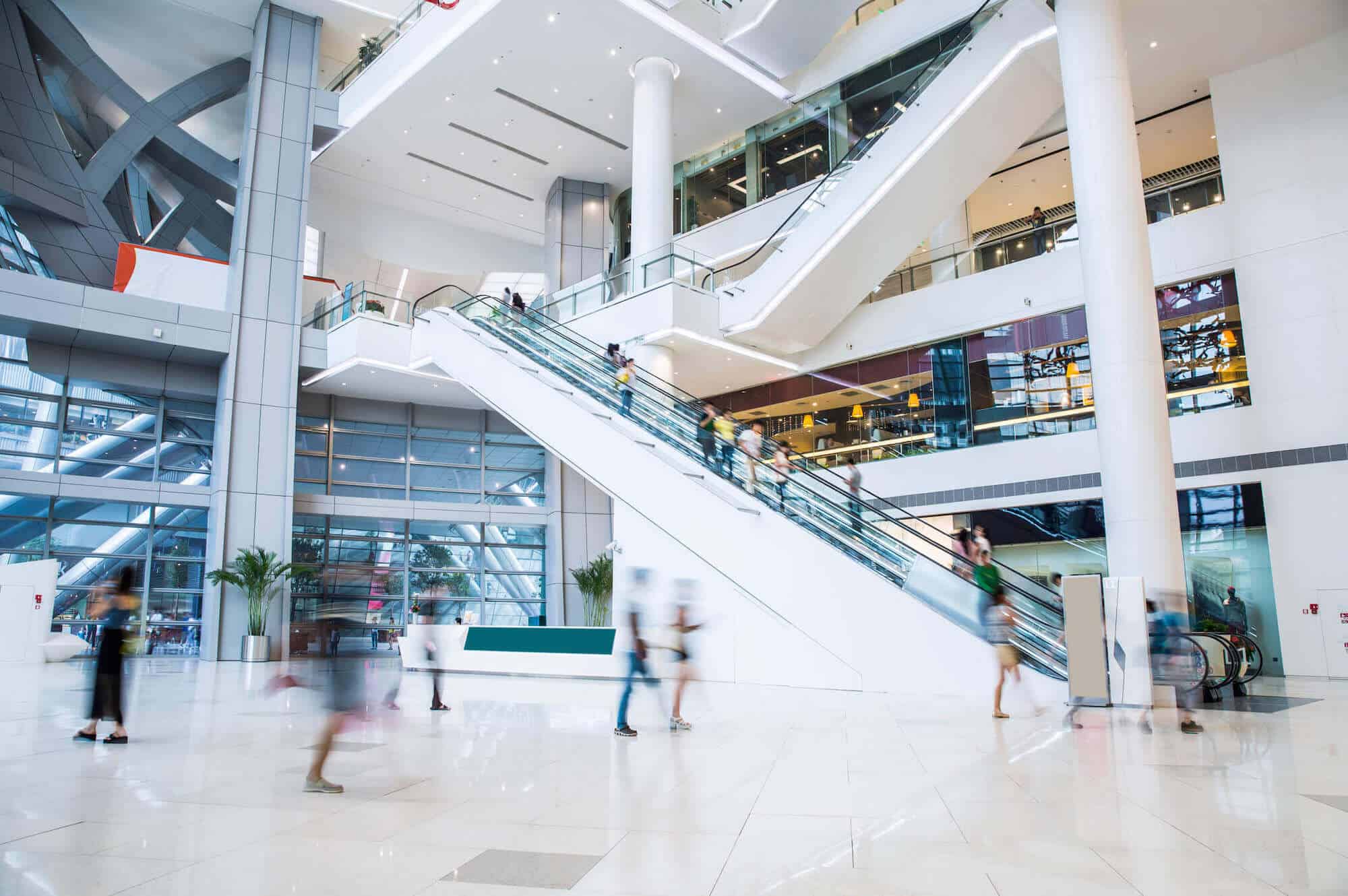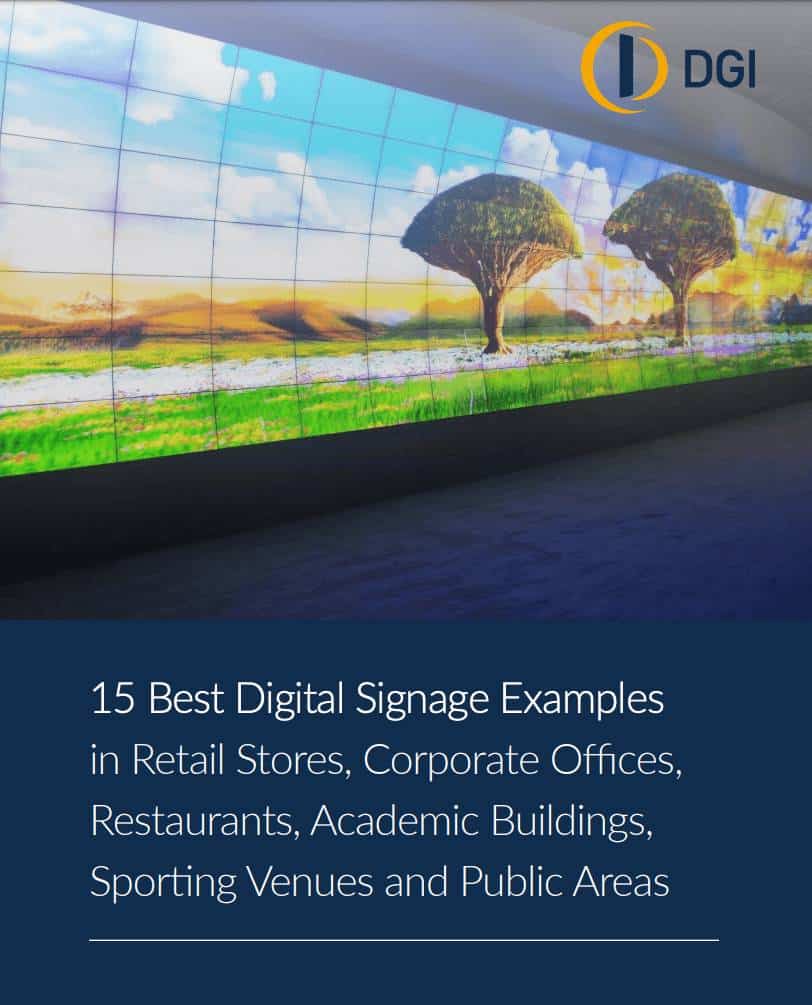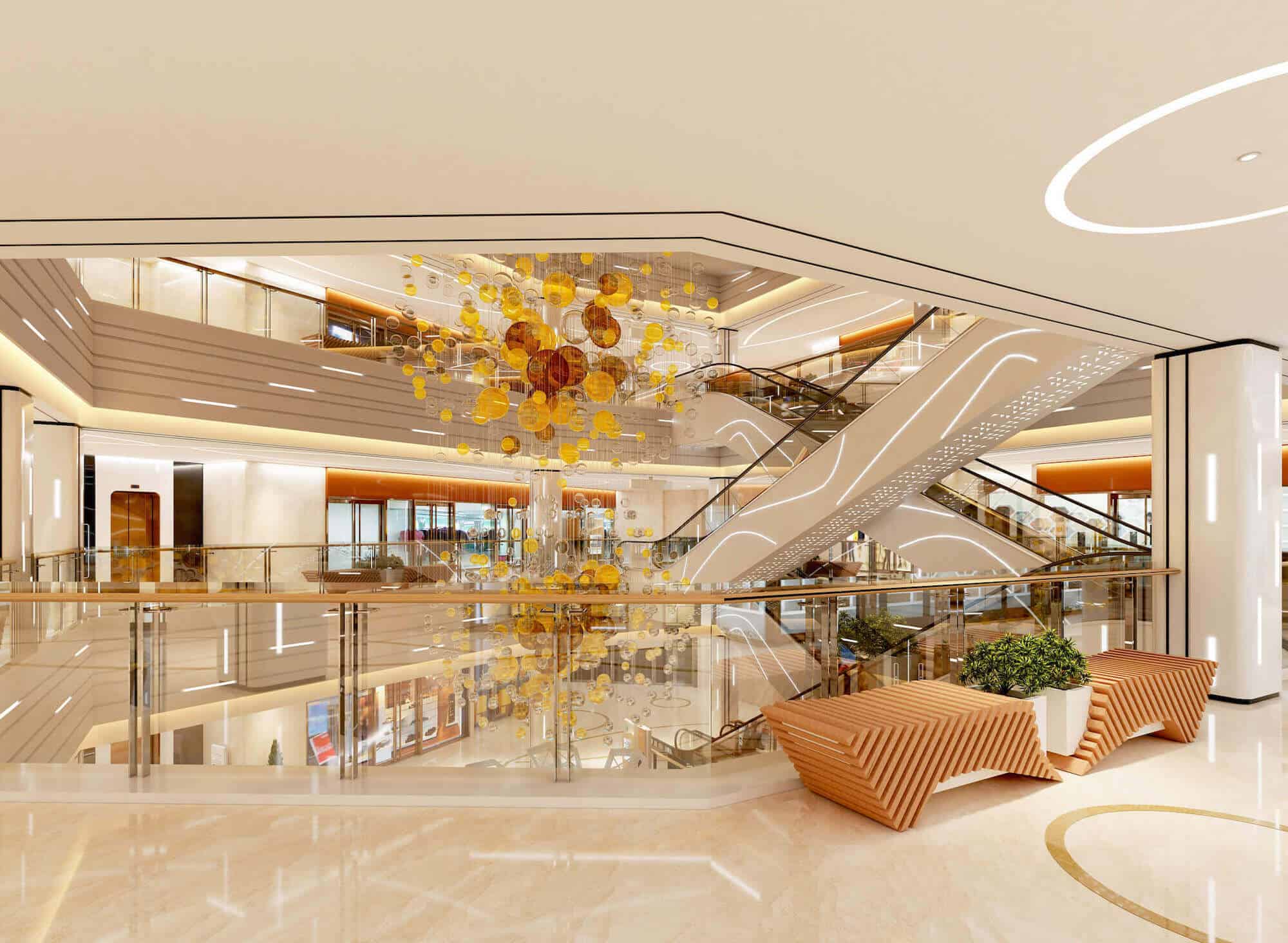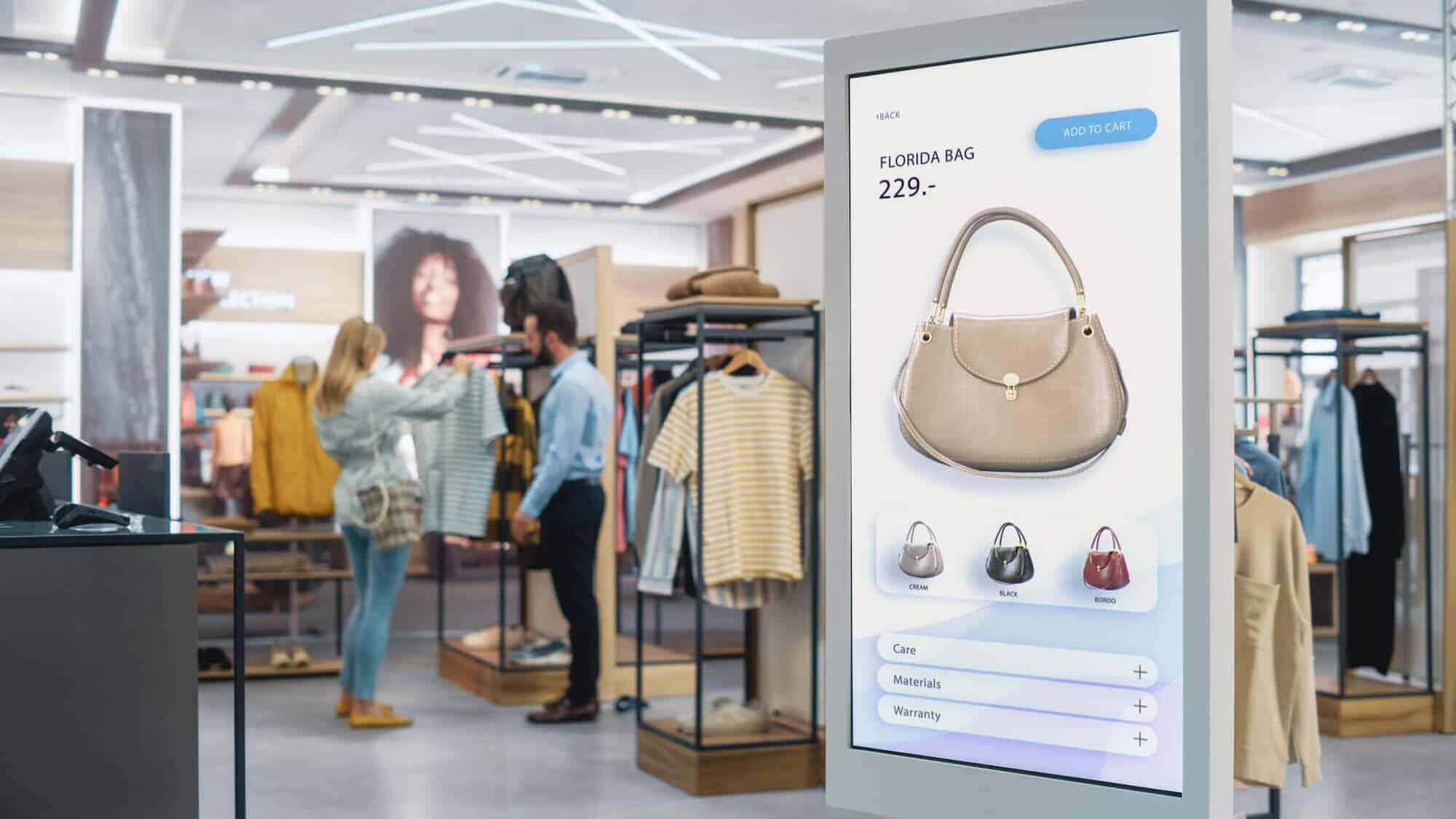Online retail has undoubtedly grown in popularity, but that doesn’t mean shopping malls have stopped attracting customers. The ones that remain successful share certain qualities, which we will explore in this blog post.
To start, modern malls have had to transform from a collection of stores to entertainment centers, fostering social interactions and providing customers with unique and memorable experiences.
One of the keys to achieving that is effective mall interior design.
Let’s look at the key elements required to create a modern marketplace that appeals to today’s audience.
Know Your Market
Market research is essential to determine if the neighborhood surrounding a proposed mall will support such a project. It’s also necessary to understand the area’s demographics and how they may change over time. Stakeholders need to be able to make informed decisions about the type of spaces to build, which stores to invite and how to transform the spot into a destination.
Combine Natural and Modern Elements
Enclosed spaces often seen in traditional shopping malls have faced strong opposition, leading to the rise of new retail centers. These modern, open air developments feature expansive glass roofs and facades, cultivating an airy, contemporary ambiance that makes customers feel welcome.
Utilize Natural Lighting
To attract new customers and maintain the loyalty of existing ones, malls need to have an enjoyable atmosphere. One way to do that is by incorporating natural lighting, making for a serene space that encourages shoppers to stay longer. This also makes it easier for shoppers to take aesthetically pleasing photos for social media, which can help increase the mall’s visibility.
Turn Malls Into Experience Centers
A mall that offers a variety of retail, dining and entertainment options for people of all ages and backgrounds is more likely to attract foot traffic and increase per-shopper spending.
In today’s age of online shopping, it’s not reasonable to expect people to visit malls solely to purchase goods. For many, going to a mall is more of a social activity than an errand.
Incorporate Areas Dedicated to Rest
Creating designated rest areas benefits all customers, enabling them to spend more time in the mall. In the post-COVID world, shoppers also appreciate spacious, comfortable areas more than ever.
Create a Grand Entrance
As a crucial transition between the inside and outside of a building, the entryway shapes a person’s initial impression. For example, a water feature or a well-lit painting that reflects the mall’s theme can create a feeling of enchantment.
Consider Parking
The design process also needs to focus on certain logistics, such as the accurate layout of parking spaces. If space is limited, underground parking is preferable. Consider existing and new buildings’ orientations to ensure that vehicular and foot traffic flow correctly.
Additionally, many malls have started offering valet services, as well as electric vehicle charging stations to cater to customers’ needs.
Prioritize Accessibility
Build a space that caters to all people, regardless of their abilities. Make sure there’s enough close parking, ramps, elevators and access points in the mall in compliance with the Americans with Disabilities Act (ADA).
Embrace Technology
Malls and other establishments must embrace advancements in technology to stay competitive. Utilizing technology services such as digital signage and information kiosks can significantly enhance the overall digital atmosphere of a mall’s interior.
Mall design can implement acoustic management solutions to manage sound pollution and noise levels in enclosed spaces, making for a more enjoyable environment.
Create a 'Wow' Factor
A one-of-a-kind leisure activity or a unique aspect of the building’s entrance or interior design can become its signature feature. The goal should be to provide visitors with an unforgettable experience, such as standout art, architecture, exhibits or entertainment.
Incorporate the elements mentioned here when creating a shopping mall and be sure to contact DGI Communications for ideas on transforming your mall into a destination for future generations.



